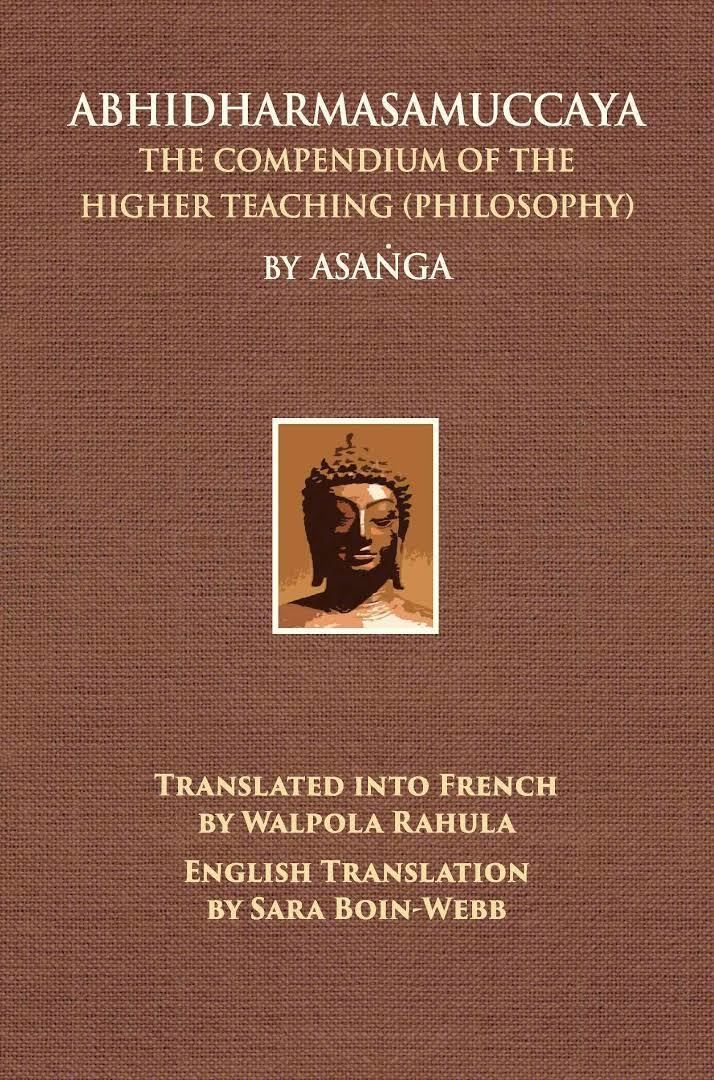Originally published 1993 | ||
 | ||
Chinese 大乘阿毘達磨集論(T)大乘阿毗达磨集论(S) Korean 대승아비달마집론(RR: Daeseung-abidalma-jiblon) Asanga books The summary of the Great, The universal vehicle di, The Bodhisattva Path to U | ||
Abhidharma-samuccaya (Sanskrit; Tibetan Wylie: mngon pa kun btus; English: Compendium of Abhidharma) is a Buddhist text composed by Asanga. Abhidharma-samuccaya is a complete and systematic account of the Abhidharma.
Contents
According to Traleg Rinpoche, the Abhidharma-samuccaya is one of Asanga's most essential texts and also one of the most psychologically oriented. It provides a framework, as well as a general pattern, as to how a practitioner is to follow the path, develop oneself and finally attain Buddhahood. It presents the path according to the Yogachara school Mahayana Buddhism.
Mental factors
The second chapter of this text enumerates fifty-one mental factors (Sanskrit: caitasika), divided into the following categories:
Contemporary scholarly analysis
Contemporary scholar Achim Bayer asserts that the thought of different sections of the Abhidharma-samuccaya might be heterogenous. For example, the important term ālayavijñāna appears not more than six times, with all six occurrences in the Lakṣaṇasamuccaya section, i.e. within in the first third of the work.
